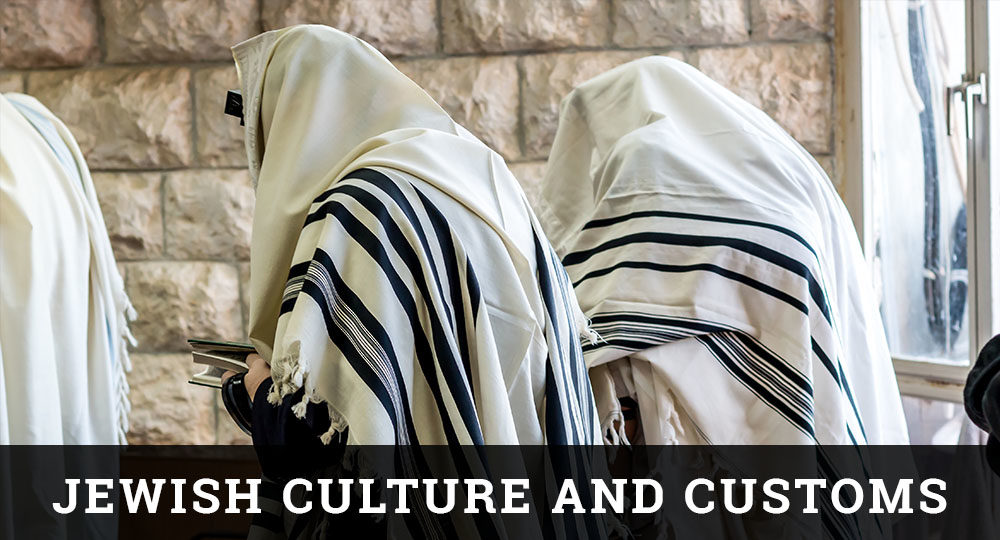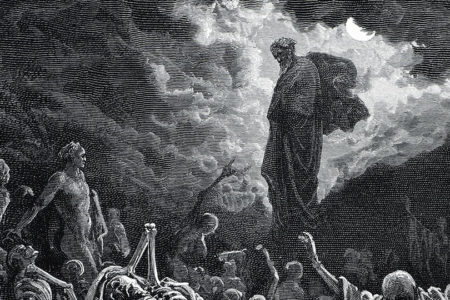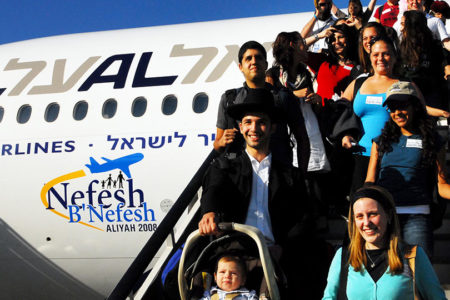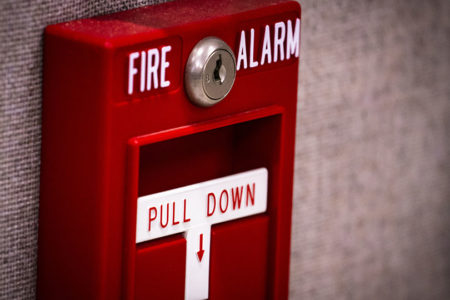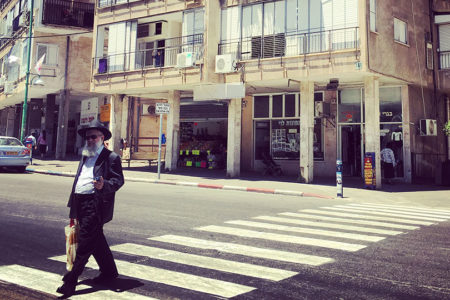A Little Sanctuary Ezekiel 11:16
As a youngster growing up, I can remember two synagogues in our neighborhood. Sitting high on a hill was an imposing, three-story brick building with beautiful white stone pillars in the front. It was not called a synagogue but, rather, a temple, after the Temple in Jerusalem that was destroyed. It was progressive and liberal and considered to be on the cutting edge of Conservative/Reform Judaism. It was the synagogue of choice for the majority of young Jewish families. The other synagogue was physically plain, numerically small, and had an elderly congregation. Its doctrine was Orthodox or traditional. This was the synagogue to which my family belonged, and I still hold many fond memories of that place.
Synagogues can vary in doctrine, size, and membership. The thing they have in common is their purpose—to provide a place for Jewish people to worship and assemble.
Synagogues originated around 586 BC. in Babylon during the years of captivity. After the Temple in Jerusalem was destroyed in AD 70 AD and the people scattered, a tremendous need arose for Jews to gather with one another, read the Torah, and pray. The word synagogue comes from the Greek and means assembly. Such assemblies began to spring up wherever large populations of Jewish people were found around the world.
Synagogues were not designed to take the place of the Temple that stood on Mount Moriah in Jerusalem. There was no priesthood established or sacrifices performed. Synagogues were meeting places for the people. When Herod’s Temple was destroyed, the synagogue became known to many as the “little sanctuary” (Ezek. 11:16).
Three Hebrew names or titles are attributed to the synagogue. First is Bet ha-Midrash, or house of learning, because it is the focal point for Jewish education. Hebrew school, Sunday or Sabbath school, and individual training for Bar/Bat Mitzvah are offered on a regular basis. Hebrew, Jewish history, and Bible are taught for adults, and seminars are conducted on such topics as parenting, marriage, and current events.
The second title is Bet ha-K’nesset, or house of assembly. The synagogue is used by its member families to celebrate simchas or joys, including wedding receptions, Bar/Bat Mitzvahs, and other special events. Women’s groups (sisterhood) and men’s groups host their meetings there.
The third title is Bet ha-Tefillah, or house of prayer. The desire to worship the God of Abraham, Isaac, and Jacob as a group is met in the synagogue. A minimum of ten men (a minyon)—or, in some places, women—is all that is required to conduct a service.
Synagogues are autonomous and independent. They are formed, maintained, and controlled locally by the members. Officers are elected to fill various needs, whether spiritual, educational, or social. Membership is voluntary but does require a fee, which is established by a board. To accommodate all who wish to join, many synagogues offer a sliding financial scale. Donations come in as memorials for special events or for deceased loved ones. In addition, seats are sold for high holy days, and in some synagogues a once-a-year fundraiser is held. Together, these efforts bring in the funds to meet the budgetary needs of the synagogue. As a rule, offerings are not taken in synagogues.
The rabbi (teacher) is the leader of the synagogue. Originally the rabbi was a member of the community who was extremely knowledgeable and pious, but today he is most likely seminary trained and thus able to administrate, educate, and officiate at special events. The presence of a rabbi is not required for the congregation to gather in worship.
Most synagogues have a chazan, or cantor, a person who is qualified to lead the congregation in prayer and various Hebrew chants. The shammas (sexton or servant) cares for the property and religious objects used in the synagogue. The president oversees the board, and the treasurer writes the checks and directs the distribution of the finances.
Synagogue architecture varies and most typically fits into the local culture. Many are built high on a hill to remind the people of the Temple.
Certain standard objects are found inside the synagogue. The holy ark (aron kodesh) is a cabinet in which the Torah scrolls are kept. Above the ark hangs an eternal light (ner tamid), as commanded by God in Exodus 27:20–21. The bema, or raised platform, is the place from which worship is directed and the Torah is read. Most synagogues are built so that the congregation faces east (toward Jerusalem) when they pray.
I would like to encourage Christians to visit a synagogue service. Whether you go on your own or ask a Jewish friend to take you, you will be warmly received. Perhaps as Christians visit synagogues, they will be made aware of the fact that the missing element in Jewish worship is the person of the Messiah Jesus. “But even unto this day, when Moses is read, the veil is upon their heart” (2 Cor. 3:15).
